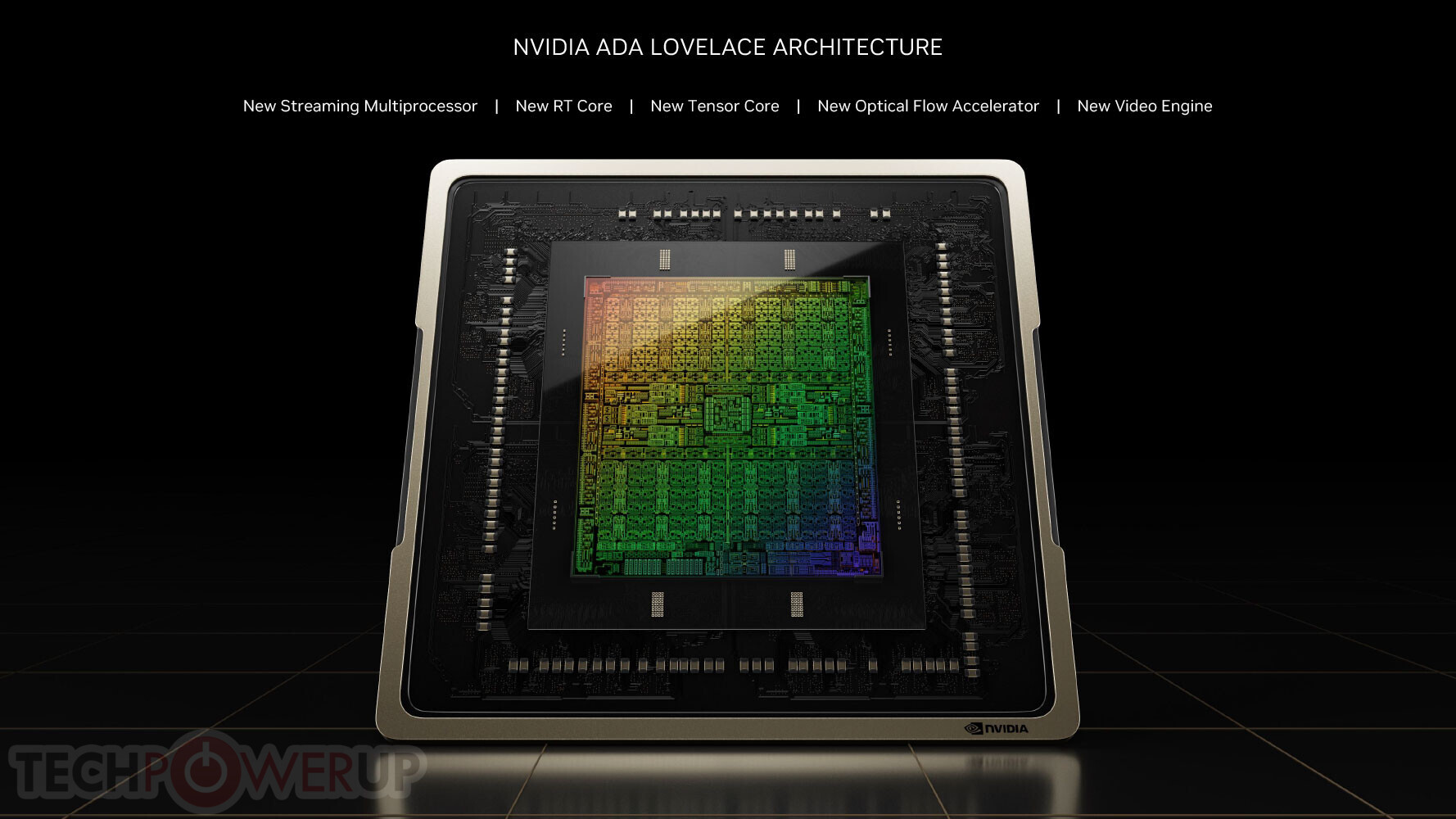This new fake frame thing will also cause weird and unique situations.
Imagine Flight Simulator's super CPU intensive regions, such as being on a Boeign cockpit on JFK Airport in NYK. This combination, from what I remember, becomes CPU bound near 60-70 FPS on a 12900k. Now, in that region with ultra settings, 3090ti is almost able to get 4K/60.
Now 4080 will suddenly provide 120+ FPS in that place (fake, predicted or whatever it is).
That kind of performance will not be able to be replicated with anything on AMD. AMD can push 5x power, they won't still be able to budge above 70 FPS in that location due to huge CPU limitations.
This is also apparent with their Spiderman video. Supposedly they're getting 200 framerate or so with DLSS+Ray Tracing. Even the mightiest 12900k chokes around 90-100 in super CPU intensive areas in the game. This creates the problem where even if AMD provides a super duper Ray Tracing/Raster powered GPU, once they get into that very high refresh rate/frame rate territory they will appear to lag behind due to huge CPU limitations.
I gather either AMD will have to invent this gimmick for themselves, or they will have to rely and bank on that it will be a flop for end user. If it does not end up as a flop and most people like and accept and embrace it: then it will be really troublesome for AMD sadly.
If it ends up being reallly good and reaaly usable, it will also create a weird situation with reviewers, I'd assume.

